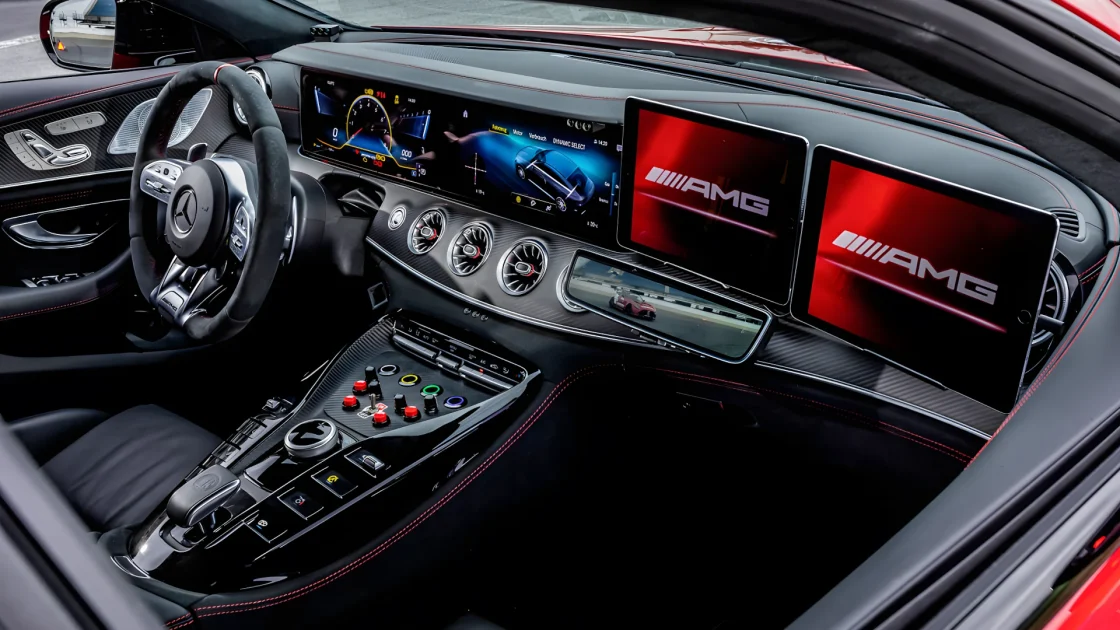As automotive technologies of the future are already present today, bringing innovations that promise to transform the way we move around cities and roads. From autonomous vehicles to electric cars, through vehicle connectivity and advanced safety, each element contributes to a more efficient, safe, and sustainable driving experience. In this article, we will explore these revolutionary technologies and how they are shaping the future of mobility.
Autonomous Vehicles: The Future of Urban Mobility
Autonomous vehicles represent one of the biggest revolutions in the automotive sector. These cars use a combination of sensors, machine learning algorithms, and navigation systems to move without the need for a human driver. Companies like Tesla, Waymo, and Uber are already testing and implementing these technologies in various cities around the world.
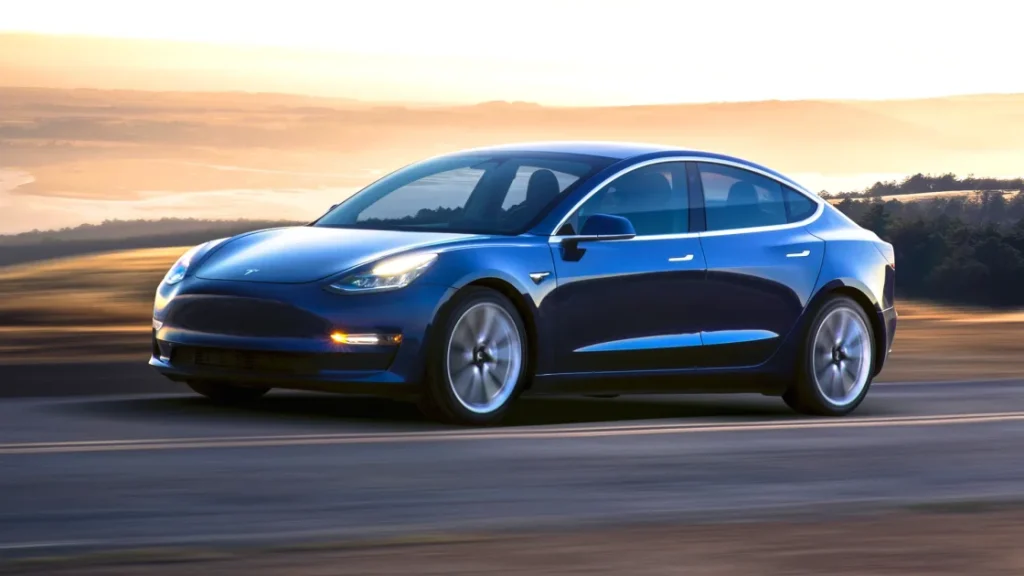
In addition to reducing the number of accidents caused by human error, autonomous vehicles promise to increase the efficiency of urban traffic. With the ability to communicate with each other and with the city’s infrastructure, these cars can optimize routes, reduce congestion, and shorten travel times. This not only improves the user experience but also contributes to reducing carbon emissions.
The acceptance of autonomous vehicles still faces challenges, such as regulatory issues and the need for adequate infrastructure. However, as these barriers are overcome, autonomous cars are expected to become a common sight on the streets of big cities, completely transforming urban mobility.
Electric Cars: Sustainability and Innovation
Electric cars are at the center of the green revolution in the automotive sector. With increasing environmental concerns and the search for sustainable alternatives, these vehicles offer a viable solution to reduce dependence on fossil fuels. Brands like Tesla, Nissan, and Chevrolet lead the market with models that combine performance, efficiency, and style.
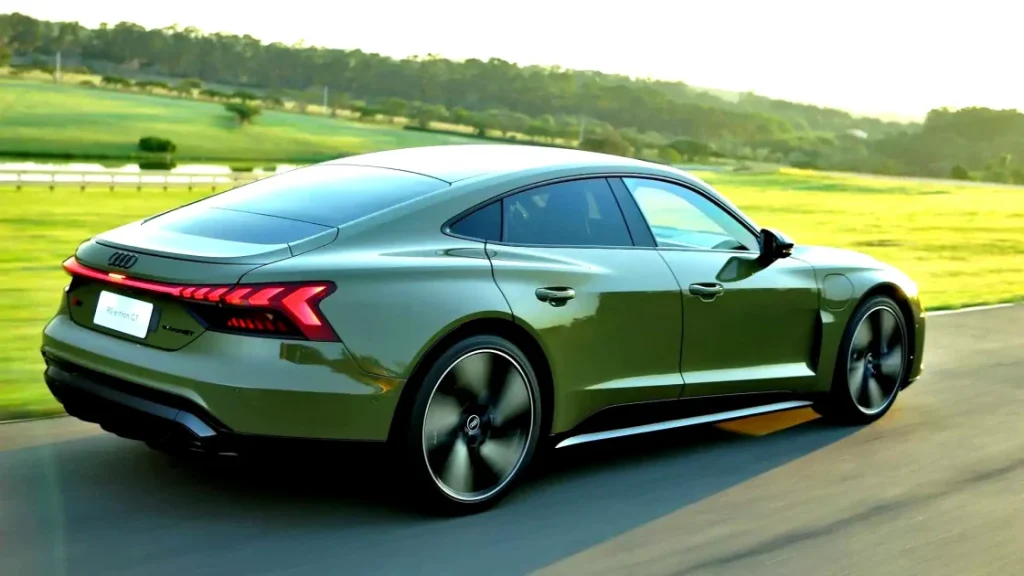
One of the main advantages of electric cars is the significant reduction in greenhouse gas emissions. Furthermore, with the expansion of charging infrastructure and advances in battery technology, the range and charging time of these vehicles have been continuously improving. This makes electric cars increasingly attractive to consumers.
Innovation is also reflected in the design and onboard technology of these vehicles. Many electric cars come equipped with advanced driver assistance systems, connectivity, and entertainment features, providing a modern and comfortable driving experience. As technology advances, we can expect further improvements in the efficiency and performance of these vehicles.
Vehicle Connectivity: The Internet of Things Revolution
Vehicle connectivity is an essential part of the automotive revolution, driven by the Internet of Things (IoT). This technology allows vehicles to connect with each other, with road infrastructure, and with other devices, creating an intelligent and interconnected ecosystem. This opens up a range of new possibilities for mobility and road safety.
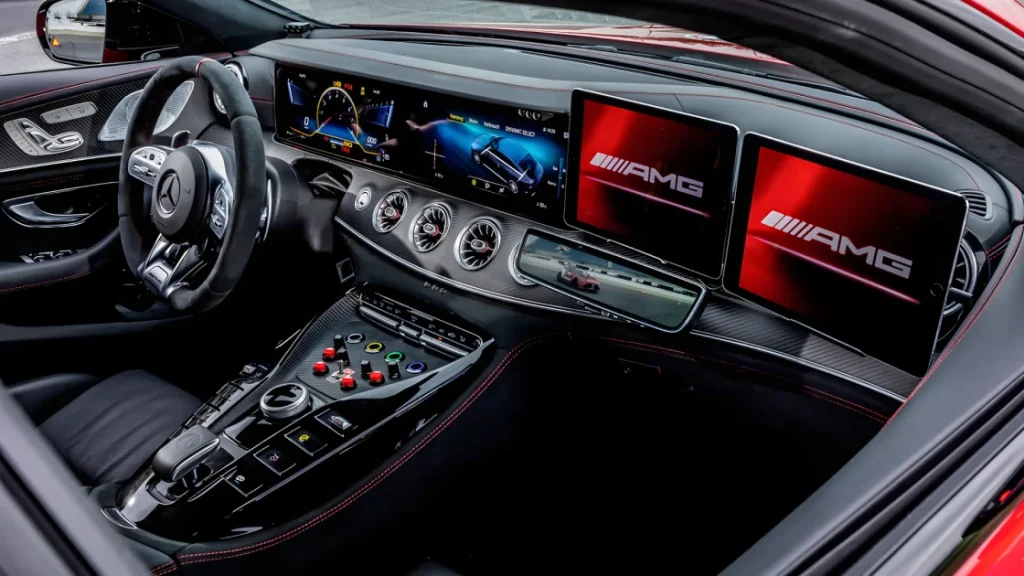
With vehicle connectivity, drivers can enjoy services like real-time navigation, traffic alerts, and remote diagnostics. Additionally, this technology allows over-the-air software updates, ensuring that vehicles are always equipped with the latest improvements and security fixes. This not only enhances the user experience but also ensures greater longevity of vehicles.
Another important aspect is the ability of vehicles to communicate with urban infrastructure, such as traffic lights and signs. This enables more efficient traffic coordination, reducing congestion and improving traffic flow. Vehicle connectivity is undoubtedly a key component in building the smart cities of the future.
Vehicle Safety: Advanced Protection Technologies
Vehicle safety has been a priority for automakers and engineers over the years. With recent technological advances, new and innovative solutions have been developed to protect vehicle occupants and pedestrians. Systems like emergency automatic braking, adaptive cruise control, and blind-spot detection are just a few examples of these technologies.
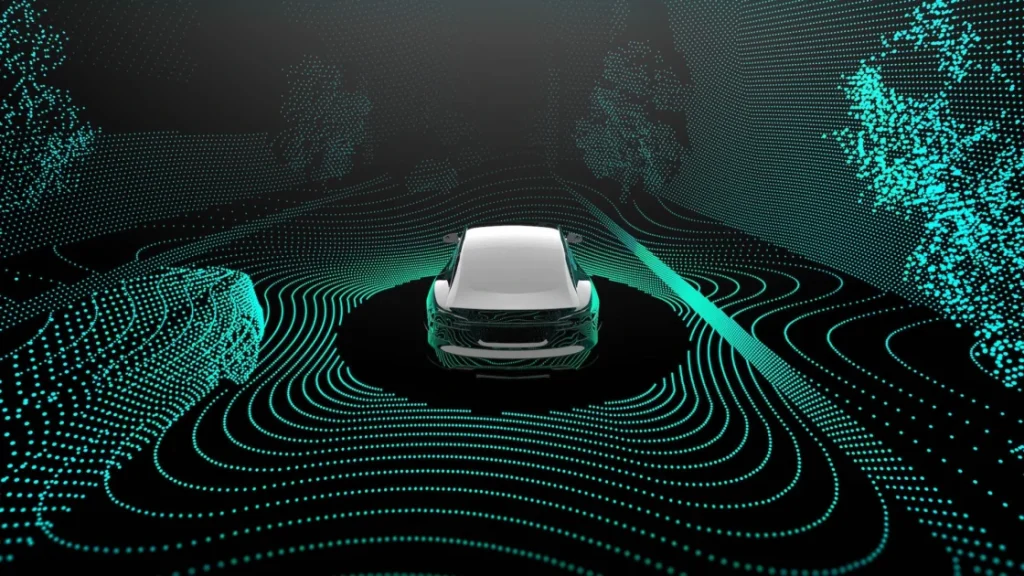
Emergency automatic braking, for example, uses sensors and cameras to detect obstacles on the road and apply the brakes automatically if the driver does not react in time. This can prevent collisions or at least reduce the severity of accidents. Adaptive cruise control, on the other hand, automatically adjusts the vehicle’s speed to maintain a safe distance from the car ahead, providing a more relaxed and safe driving experience.
In addition, vehicle safety also includes driver fatigue monitoring systems, which analyze the driver’s behavior and issue alerts if signs of tiredness are detected. These advanced protection technologies not only save lives but also increase drivers’ confidence, making the roads safer for everyone.
Artificial Intelligence: Transforming the Driving Experience
Artificial intelligence (AI) is playing a central role in transforming the driving experience. With the ability to process large volumes of data in real time and learn from each interaction, AI is being used to improve the safety, comfort, and efficiency of vehicles. AI-based driver assistance systems, like Tesla’s autopilot, are clear examples of this innovation.
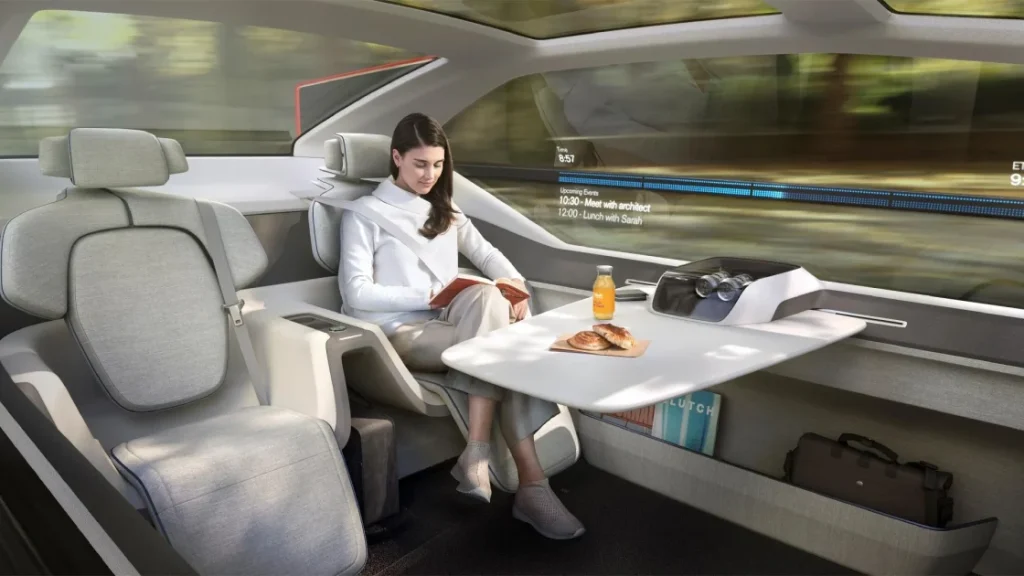
These systems use machine learning algorithms to analyze sensor and camera data, helping the vehicle make real-time decisions. This includes tasks from keeping the car in the correct lane to performing complex parking maneuvers. Artificial intelligence also allows for the customization of the driving experience, automatically adjusting settings such as internal temperature and entertainment preferences.
Furthermore, AI is being used to predict and prevent mechanical issues, analyzing vehicle performance data and identifying patterns that may indicate imminent failures. This not only improves preventive maintenance but also reduces the total cost of vehicle ownership. Artificial intelligence is undoubtedly redefining what it means to drive a car in the 21st century.
Augmented Reality: The Future of Automotive Dashboard
Augmented reality (AR) is emerging as an innovative technology in the automotive sector, especially regarding vehicle dashboards. AR allows critical information to be projected directly into the driver’s field of view, providing a safer and more intuitive driving experience. This includes navigation data, safety alerts, and vehicle information.
A practical application of augmented reality is the head-up display (HUD), which projects information onto the car’s windshield. This allows drivers to keep their eyes on the road while receiving essential data such as current speed, navigation directions, and collision alerts. This technology not only enhances safety but also reduces driver distraction.
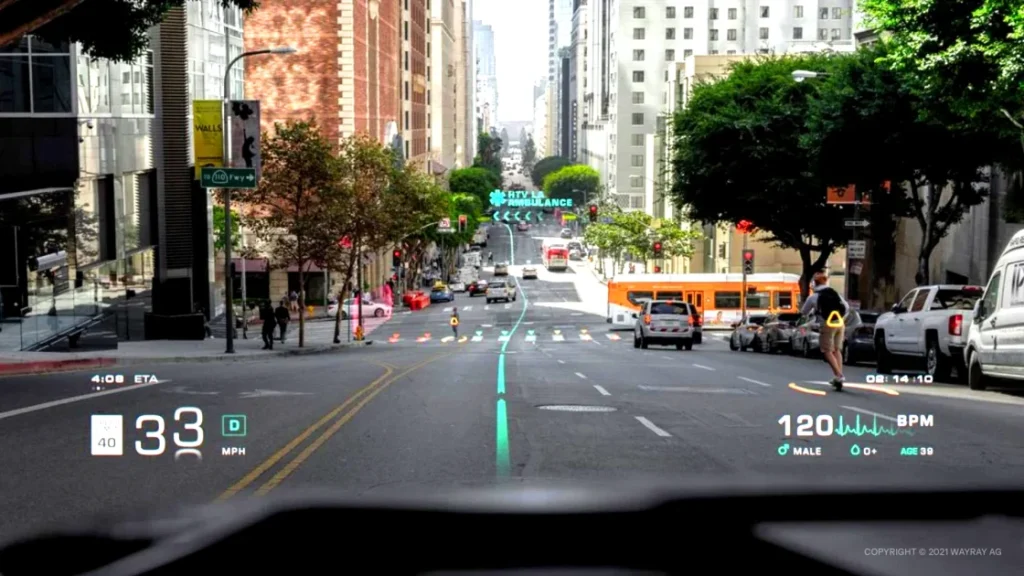
Furthermore, AR can be used to provide assistance during parking maneuvers, projecting guide lines and hazard areas directly into the driver’s view. This makes complex maneuvers easier to perform and reduces the risk of collisions. Augmented reality is thus transforming the automotive dashboard and providing a more advanced and safe driving experience.
Automotive technologies are evolving at a rapid pace, bringing innovations that promise to transform urban mobility and the driving experience. From autonomous vehicles to electric cars and vehicle connectivity, each advancement contributes to a more efficient, safe, and sustainable future. As these technologies continue to evolve, we can expect a continuous revolution in the automotive sector, redefining how we move and interact with the world around us.
Author: Fabio Isidoro
Founder and editor-in-chief of Canal Carro, he dedicates himself to exploring the automotive universe with depth and passion. A car and technology enthusiast, he produces technical content and in-depth analyses of national and international vehicles, combining quality information with a critical eye for the public.

